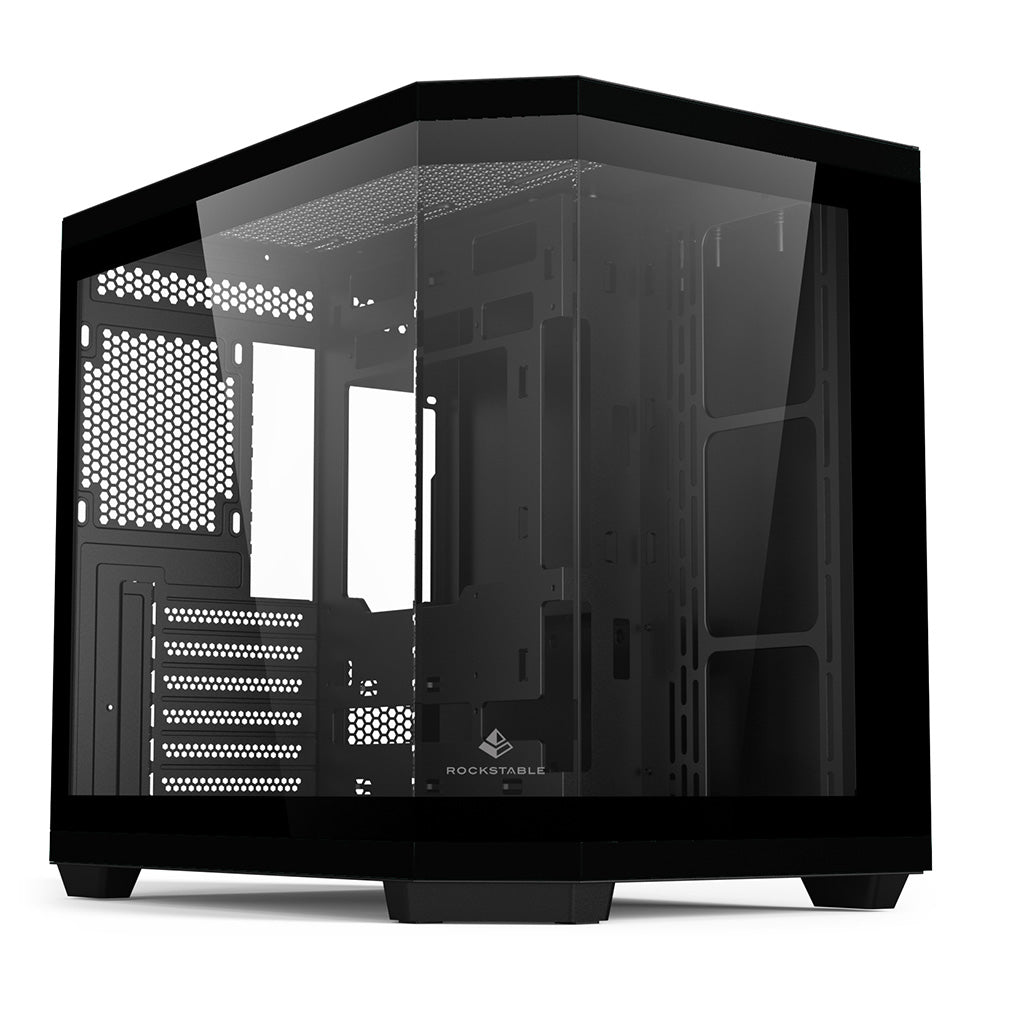Transceiver modules are small devices that convert electrical signals into optical signals and vice versa. They are used to connect network devices such as switches, routers or servers via fiber optic cables. Transceiver modules have many advantages for the network, such as higher bandwidth, lower latency, better security and a longer range.
There are different types of transceiver modules that can be selected depending on the application and requirements. The most important factors to consider when selecting a transceiver module are the transmission rate, the wavelength, the form factor and the connector type. The transmission rate indicates how much data can be transmitted per second. The wavelength determines the color of the light that is sent through the fiber optic cable. The form factor refers to the size and design of the transceiver module. The connector type determines how the transceiver module is connected to the network device.
Some of the most common transceiver modules are SFP (Small Form-factor Pluggable), SFP+ (Enhanced Small Form-factor Pluggable), QSFP (Quad Small Form-factor Pluggable) and QSFP28 (Quad Small Form-factor Pluggable 28). These transceiver modules differ in their transmission rate, wavelength and form factor. For example, an SFP module has a transmission rate of up to 1 Gbit/s, a wavelength of 850 nm to 1550 nm and a form factor of 8.5 mm x 13.4 mm x 56.5 mm. A QSFP28 module has a transmission rate of up to 100 Gbit/s, a wavelength of 850 nm to 1310 nm and a form factor of 18.4 mm x 8.5 mm x 72 mm.
Transceiver modules are an essential part of a modern network as they enable fast, reliable and flexible data transmission. However, they should be carefully selected to ensure network compatibility and performance. The following aspects should be considered when selecting a transceiver module:
- The specifications of the network device to which the transceiver module is connected
- The specifications of the fiber optic cable that the transceiver module uses
- The environmental conditions under which the transceiver module is operated
- The cost and availability of the transceiver module
The use of transceiver modules in the network can improve the efficiency and quality of data transmission. Transceiver modules are therefore an important investment for any network.
Discover our compatible transceivers now!

Save up to 50% on selected products now. Great offers while stocks...
Your cart
